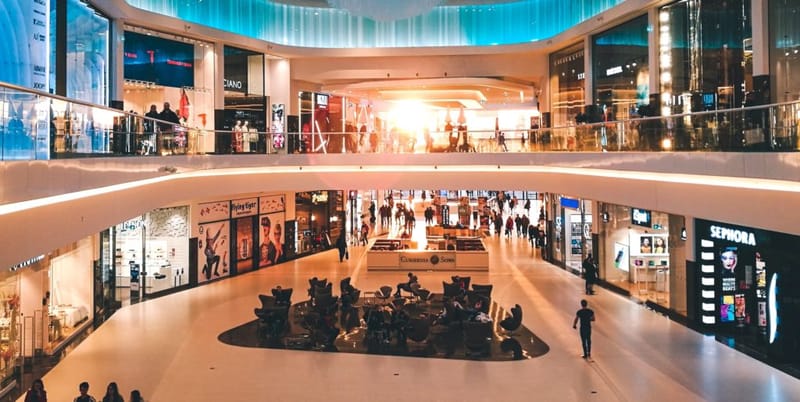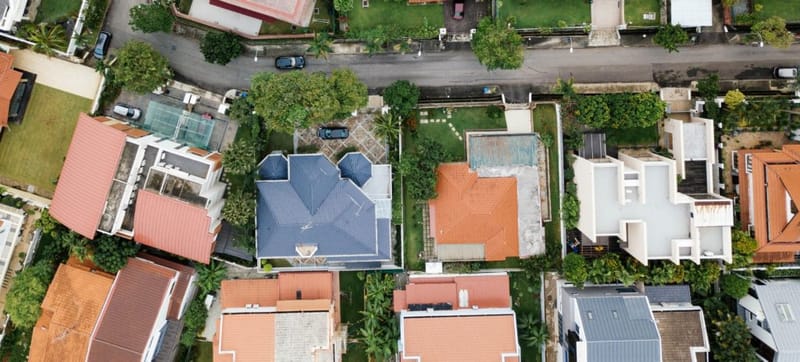Real Estate Sectors: Potential Winners and Losers in a Virus-Hit World

Real estate is a catch-all term for owning assets that generate revenue. Consequently the nature of that revenue, the value of those assets will vary depending on the type of assets that are owned. For example, the revenue generated from an office space can be very different from that generated from a warehouse in light of Covid-19 given the typical response for disease prevention is isolation.
Thus it is important to tackle each segment individually rather than a collective. There can be other differences between divisions like rural vs urban, Canada vs USA, and geographies dependent on certain sectors like Technology or Financial Services vs Manufacturing. But for now we will focus on typical sub-classes of real-estate.
Office Space

In-person vs remote: In most cases work is generally more efficient in person rather than done remotely. This is a reason collaborative spaces were on the rise. There are some jobs that just become very difficult when done remotely such as certain services. So while remote office work is here to stay it will not replace all face to face interactions. Fall out of Covid-19 will definitely be there with increased remote work, but things should return to normalcy in the coming year or so. Companies will just be more flexible with remote work arrangements and flexible hours, especially with the adoption of flexible technology such as Zoom.
The most adversely affected after Covid-19 would be large collaborative spaces – open offices that can cause the virus to spread rapidly. Flexible/ shared seating will be negatively affected due to rationale health concerns. Shares office space providers like IWG (Regus) and WeWork could struggle to get back to feet in the shorter term.
Hotel & Hospitality

The current situation is not too different from the period after 9/11. The sector will look at a severe downturn in the shorter run with fewer people traveling either for leisure or for business.
Intrinsic human nature to travel: Over time the situation will regain normalcy. There is an inherent interest in people wanting to travel, do business in other places. As with 9/11 business will regain momentum in the 1-2 year phase and could take 2-3 years to go back to what it was like before.
Informal housing: Firms like Airbnb, could get adversely affected as people are more aware of the need for hygiene and cleaning of surfaces to avoid disease.
Retail

Next 1-2 years will be fairly challenging for the industry as all shopping moves online. Larger stores selling essential items like pharma may do better than those involved in discretionary spending categories dependent on unplanned footfall, like clothing and luxury. Some large stores will close, weak shopping centers that had been un-competitive, and not performing well could struggle in this phase and maybe even go into bankruptcy, even insolvency. We already see some examples like that of JC Penny.
Retail Space: This would speed up the emptying of places that were not doing well. Newer retail models could emerge with focus on higher margin or higher value add. Commoditized products may move to be sold online completely. Online shopping is lower margin, and hence is not a proper replacement of all physical shopping, but many areas can be replaced efficiently.
Cross subsidizing offline with online: Sellers carrying losses online will shut down and there will be a move to a few successful players – a concentration in the industry to those with the highest level of efficiency within a specific category.
Residential

Online shift is challenging: Single family homes could be impacted with unemployment, low levels of personal equity for loan deposits. Hence demand is expected to be lower in the coming year or so despite a low interest rate environment.
Millennial buyers and Generation Z: Multi-family homes will struggle short term as this tends to be the starter homes for many younger generation buyers like first time home buyers. At the current rate of job losses, the demand for homes will depend largely on the pace at which the economy may bounce back.
Also, in anticipation of falling demand, the supply in the coming years could go down, keeping prices stable or buoyant in the coming several years. This does not apply to housing that is already built up and ready to move in.
Industrial

Both import and exports will take a hit: Due to lowered consumption and sales, industrial demand will go down. The global economy according to the WEF is expected to shrink by ~3% this year (2020) and only grow ~5.8% in the coming year (2021).
Online demand will go up: The demand for servicing infrastructure and warehouses will increase. All areas within the supply chain will be made robust.
Traditional retailers supply chain: Businesses servicing traditional retailers will also not perform well as many themselves may go out of business. The companies servicing other industries like small business and retail will also perform poorly in the foreseeable future as these industries are not expected to perform well in the shorter term i.e. 2020.
Overall, I highlight that these are only my views based on my experience and training within real-estate finance. There are many additional variables that need to be looked into while taking a decision in investing in real-estate and I encourage readers to do their own due diligence.